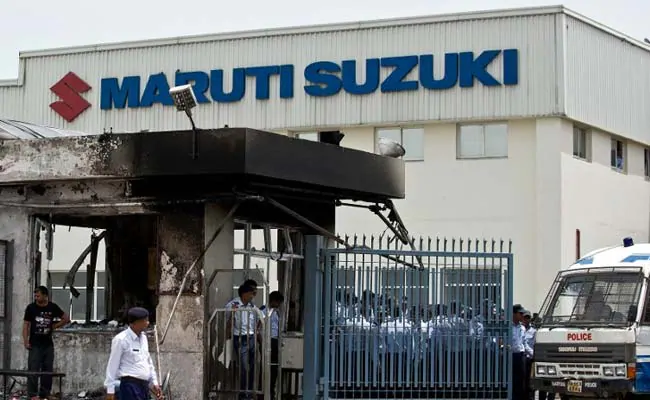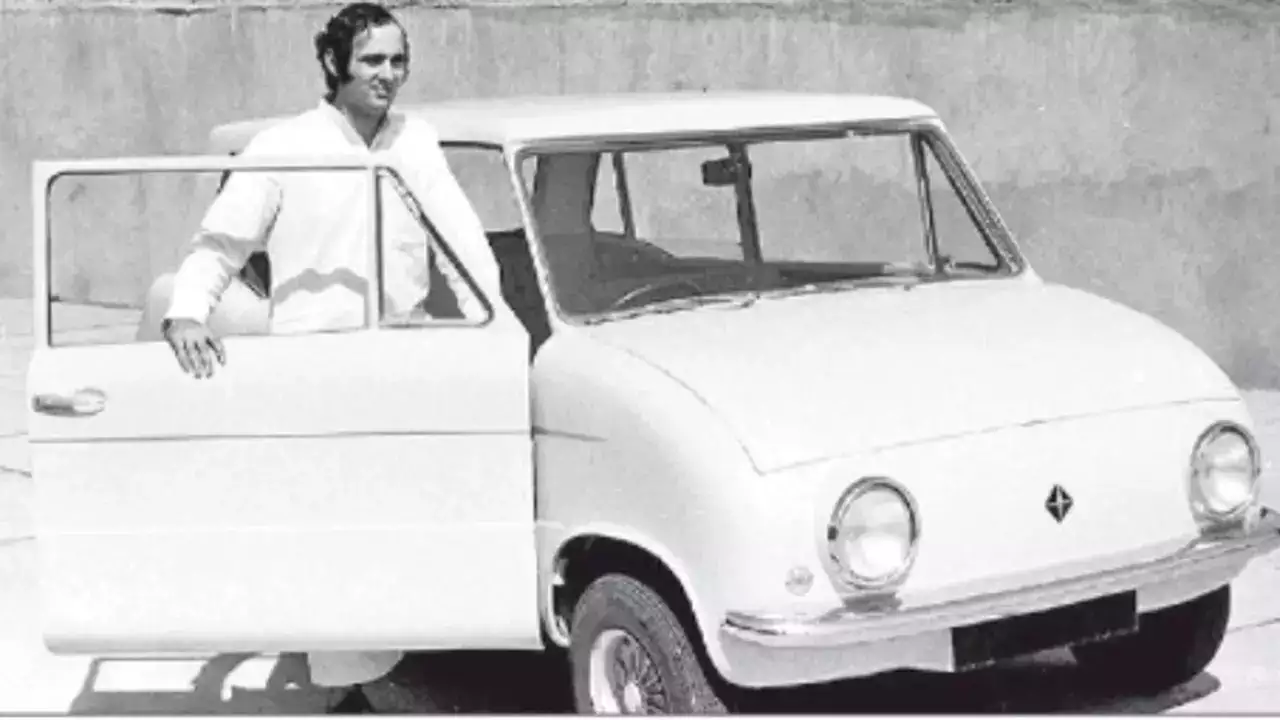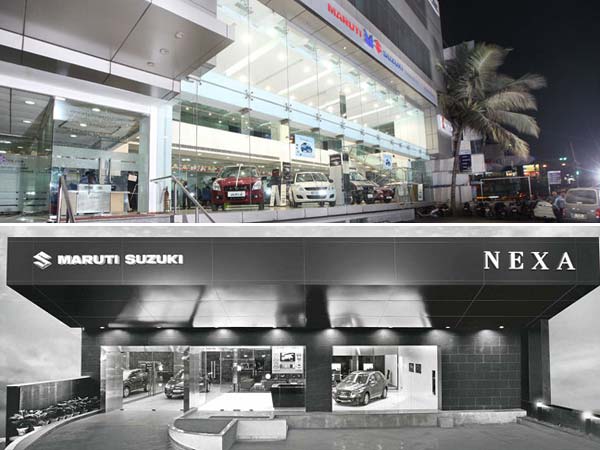
Maruti Suzuki history is the one you must know if you are an automobile enthusiast. Ruling the Indian automobile industry and people’s hearts for over 30+ years now, Maruti Suzuki has been going strong with a 51% overall share in the Indian Market. And it all started back in 1981, and behind this was an introvert from the Gandhi family.
Maruti Suzuki: The dream of a prince

No, Maruti Suzuki isn’t the story of a boy’s rag-to-riches journey. In fact, it was the brainchild of Sanjay Gandhi, Indira Gandhi’s son who was a mediocre student in school and had all the characteristics of an Introvert. (Don’t take inspiration from him). Despite this and also the fact that he didn’t have a college degree, Mr. Gandhi bagged an internship at Rolls-Royce, England where he spent 3 years and apparently, he learned everything about cars there. Sanjay came back to India, with a dream which his dear mother seemingly helped.
In 1971, PM Indira Gandhi’s cabinet proposed the production of a vehicle that had to be cheap, affordable, efficient, and indigenous (Keyword), basically a “people’s car”. (Reminds me of a certain famous Politician in world history)
Anyways, Maruti Motors Limited was set up later that year with Sanjay Gandhi as the managing director. The most interesting part here is that the company or the owner himself, has no experience in the industry, or any design prototype, yet, the Govt awarded Maruti the contract and license for exclusive production. Talk about the family business. Well, Sanjay Gandhi was known to have a love for cars since childhood, taking away unlocked cars and bringing them back before anybody would notice.
Now, if you use public funds for personal projects, there will be consequences. The government’s decision to award the contract to Maruti caused widespread criticism of the Indira Gandhi government’s decision. But the fire could spread effectively it was swept away by the Bangladesh Liberation War and India’s victory over Pakistan in 1971. Sanjay also contacted VW AG for a possible tie-up to manufacture the Beetle in India. What happened to the Indigenous car?
Well, Sanjay’s Maruti project eventually was put in the recycle bin due to her mother’s declaration of National Emergency in 1974. The man joined politics and rose to power but then his party nosedived in the 1977 elections, along with Sanjay’s 2-seater plane in 1980, causing his death. Nobody knows what would have happened if the controversial prince was a good pilot. His whole life was shrouded with controversies and mystery and what if behind all of this was a man who just had a love for cars? We will never know.
Post his demise, His mother then called for Arun Nehru and gave him the responsibility to revive her son’s dream. Mr. Nehru saw the potential in Maruti and reached out to several brands and that’s when Suzuki stepped in.
Maruti Suzuki: Birth of a New King

Suzuki, The Japanese carmaker conducted several tests to understand the Indian roads and finally built a car in 1983 that could withstand Indian conditions – The Maruti 800 or the SS80.
At first, Suzuki was just a minor partner of the Government-owned subsidiary Maruti Udyog Limited. But that changed in 1982 when Maruti signed a joint venture agreement with Suzuki to become Maruti Suzuki, and thus a king was born.
Back to Maruti Suzuki’s first car, the 800. The car had it all: build, design, features, fuel efficiency and it was affordable. The car became an instant success and Hindustan Motors and Premier paled in comparison and felt the damage this earthquake had caused.
Maruti Suzuki’s first factory was in Gurgaon, Haryana. Since Maruti would import full-built cars from Suzuki and the imports only included 33% of native parts, Maruti wanted to start its manufacturing facility but a fear of failure haunted them, due to the small market for cars. There were also certain factors to consider like inefficient transport, petrol tax, and excise duty.
However, in 1983, Maruti Suzuki India started local production and introduced some iconic cars like the Alto, Fronte, and Maruti 800 (Alto engine). By 1985, Maruti launched the iconic 4X4 SUV Gypsy, which was based on the 2nd-gen Jimny. The car launched at a time when SUVs were not popular, but the car still got popular and widely loved, and was even used in films.
By 1991, 65% of indigenous products were used in the manufacturing of vehicles.
India’s economic liberation in 1991
Now, you may wonder what this had to do with Maruti Suzuki. Well, this is where things started to get interesting. In 1991, when the Indian economy liberalized, Suzuki saw this opportunity and raised its stake in Maruti to 50% and Maruti Udyog became a 50-50 joint venture with the Indian Government and Suzuki as stakeholders.
In 1994, the company crossed the production of 1 million vehicles and also inaugurated its 2nd manufacturing plant, and started a 24-hour on-road emergency vehicle service, the first automobile company in India to do so.
Maruti Suzuki – Maruti’s Peak Success and the Change
The period of 2000-2004 was the time the Indian company achieved peak success. Well, you might argue that it has achieved way more in the last decade, but that’s not exactly the Indian Maruti Suzuki. I will explain it later.
Anyways in 2000, Maruti Suzuki became the first Indian company to launch a call centre, and new models were also launched in the following 2 years like the Esteem Diesel.
In 2003, A new car model called Suzuki Grand Vitara XL-7 was also introduced but it’s forgotten now. The company further upgraded the Zen and Wagon R and in 2003, it reached the 4 million production mark and also partnered with the SBI.
Finally, in 2004 after almost 2 decades the Alto replaced the Maruti 800 in terms of popularity. Also, the period of 2003-2004 saw Maruti Udyog’s all-time high sales of 4,72,122 units.
What I didn’t mention here is that in 2000, Suzuki increased its stake in Maruti to 54.2%
Maruti Suzuki – Indian Government says Adios to the company
In 2006, The Government of India decided to leave Maruti Suzuki and sold the remaining residual stakes worth Rs 2,360 crores, and in 2007, Suzuki decided to change the name of Maruti Udyog to Maruti Suzuki India Limited.
Maruti Suzuki – The last decade

The success of Maruti Suzuki never went down. It sold its 10 millionth vehicle in 2012 and had a 45% market share in 2014. Within just 2 years, the production number also rose to 15 million in 2015.
Post-2017, the brand also stopped using the Maruti logo and then the name from its cars, and kept the S logo instead. The plan was to brand its premium cars like other luxury car makers.
The automobile brand for its duty to the environment decided to stop the production of diesel cars in 2020 and after BS-6 came, the company is now looking forward to launching electric cars in the upcoming year.
The brand now has a wide range of cars in different segments and the list is only increasing with each passing year. Even though the brand has been criticized for making “tin cans”, they are now working on rebuilding its image by bringing out cars with good safety features and stronger Chassis like the Ciaz, Fronx, Jimny, and Brezza. The brand has a good reputation for being affordable, reliable, and fuel-efficient, and this is the reason why they keep on their high sales numbers. The company currently has two showrooms – Maruti Suzuki Arena for budget cars and NEXA for its more premium portfolio.

